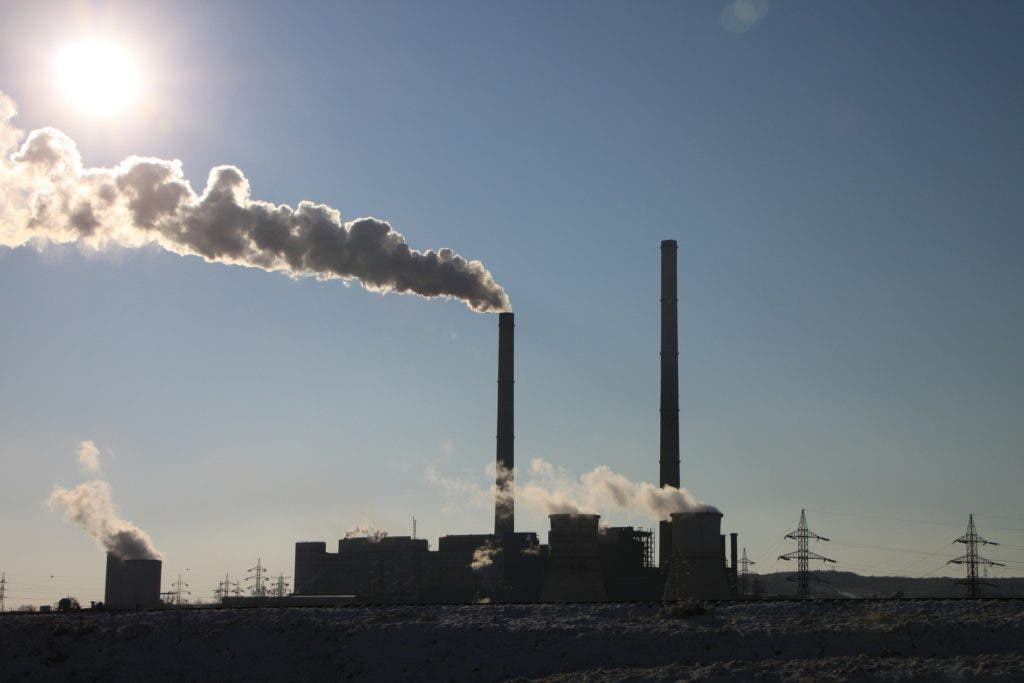
The World Meteorological Organization (WMO) announced in its annual report that the average carbon dioxide concentration crossed 400 parts per million (ppm) in 2015 — a psychological threshold. This concentration is 144 percent higher than in the mid-19th century, when the Industrial Revolution started turning its gears of progress, but also introduced widespread pollution. The report’s findings were earlier confirmed by NASA researchers who found all weather stations around the world, including those in Antarctica, topped 400ppm for an entire month in 2016.
“We won’t be seeing a monthly value below 400 ppm this year – or ever again for the indefinite future,” wrote Ralph Keeling, the scientist who runs the Scripps Institute for Oceanography’s carbon dioxide monitoring program, in a recent blog post.
In the same year, world leaders gathered in Paris for COP21 where a landmark agreement was signed that will see nations drastically limit or cap their greenhouse gas emissions, on a case by case basis. The intended goal is to limit warming to no more than two degrees Celsius past industrial levels.
The Paris Agreement has been heralded by environmental groups as a huge victory — but it’s clear judging from this latest news that we’re still a long way from fixing our mess. In fact, we’re still on a crash course as CO2 emissions have gone up, not down. Moreover, many scientists believe that we’re already locked in for 1.5 degrees C warming because CO2 can stay in the atmosphere for generations, so even if we stop all man-made carbon now, the planet won’t cool down — it would just not warm more.
According to WMO’s Greenhouse Gas Bulletin, in 2015 greenhouse gas emissions rose at a rate that was unprecedented in the last decade. This was partly fueled by last winter’s El Niño event.
“The year 2015 ushered in a new era of optimism and climate action with the Paris climate change agreement. But it will also make history as marking a new era of climate change reality with record high greenhouse gas concentrations,” WMO Secretary-General Petteri Taalas said with the release of the report. “The El Niño event has disappeared. Climate change has not.”
The report couldn’t have been released at a better time. This month, the Paris Agreement came into force after all the conditions of the pact were met, including the essential condition that at least 55 countries covering over 55% of global emissions ratify it. In November, world leaders will meet at COP22 in Marrakech, Morocco to negotiate the execution of action plans outlined in Paris, including a $100 billion aid for developing countries to build their renewable energy infrastructure.



